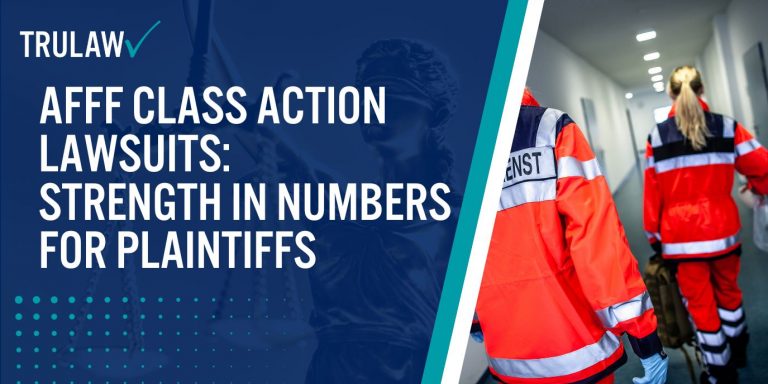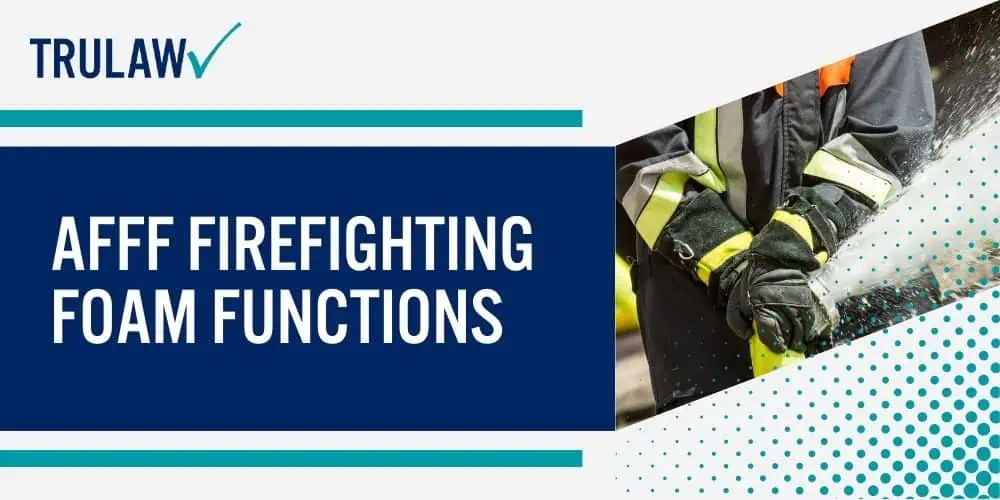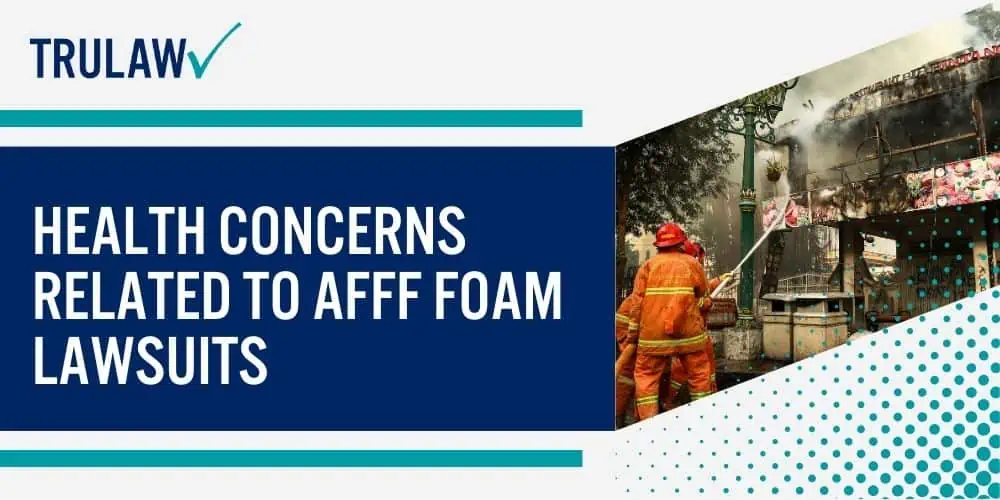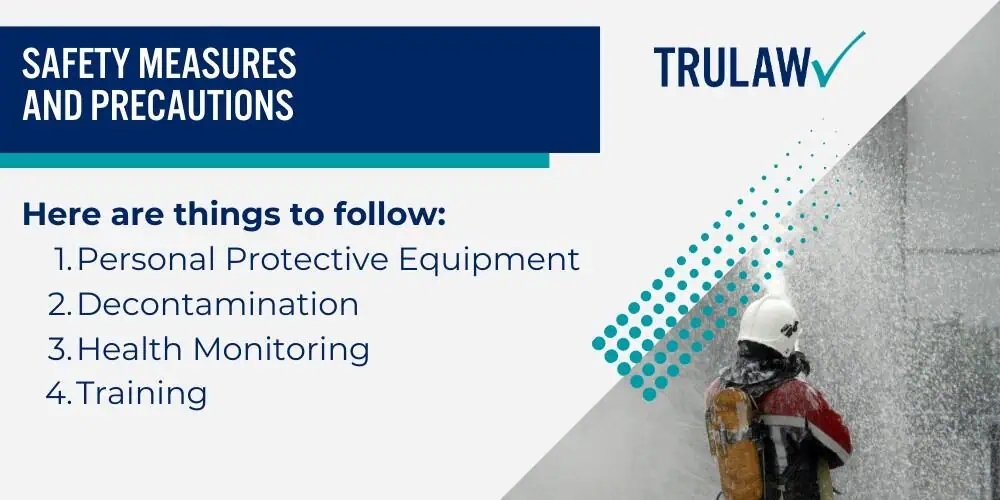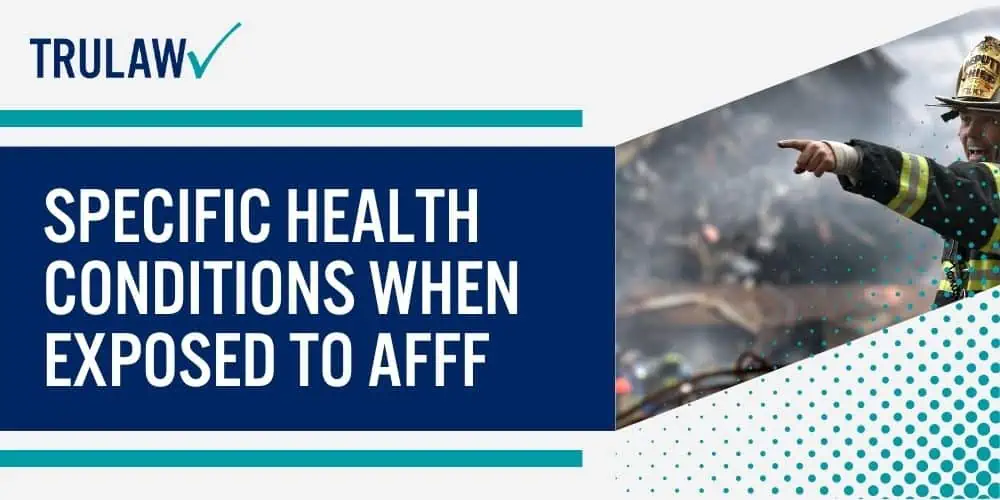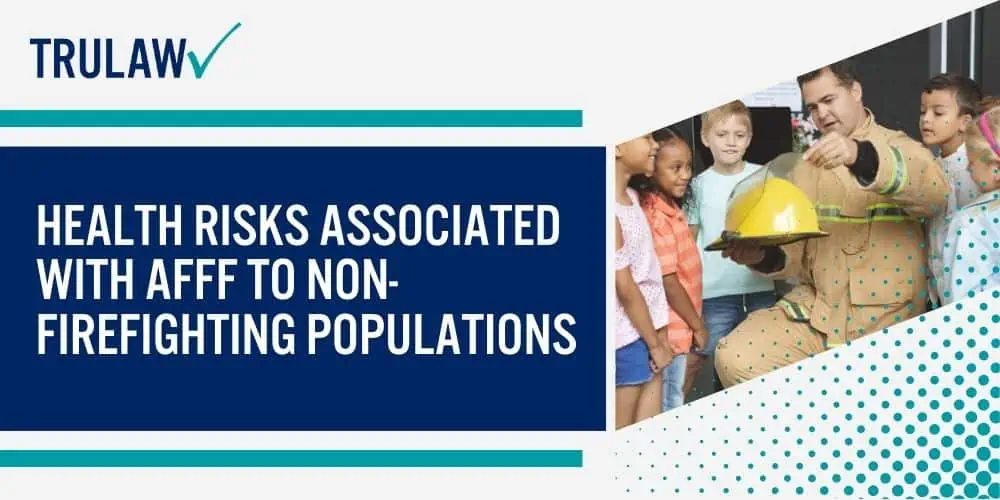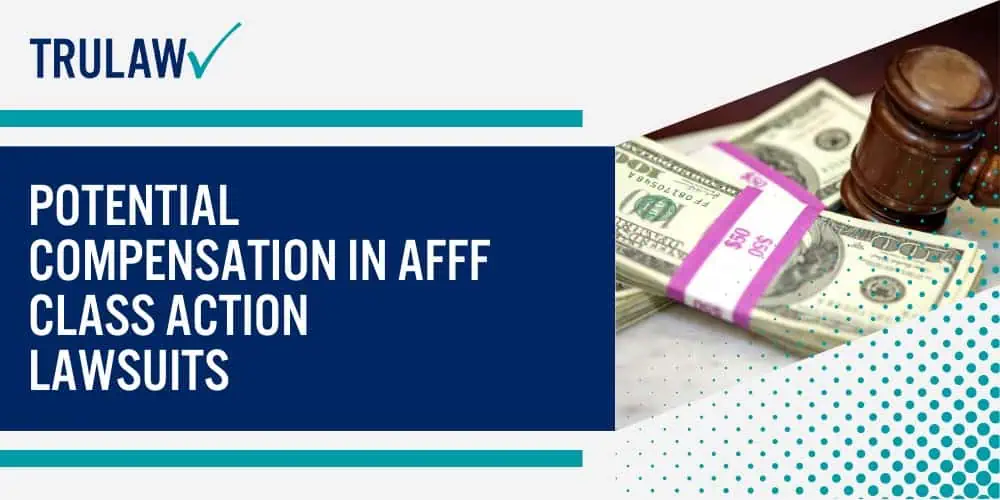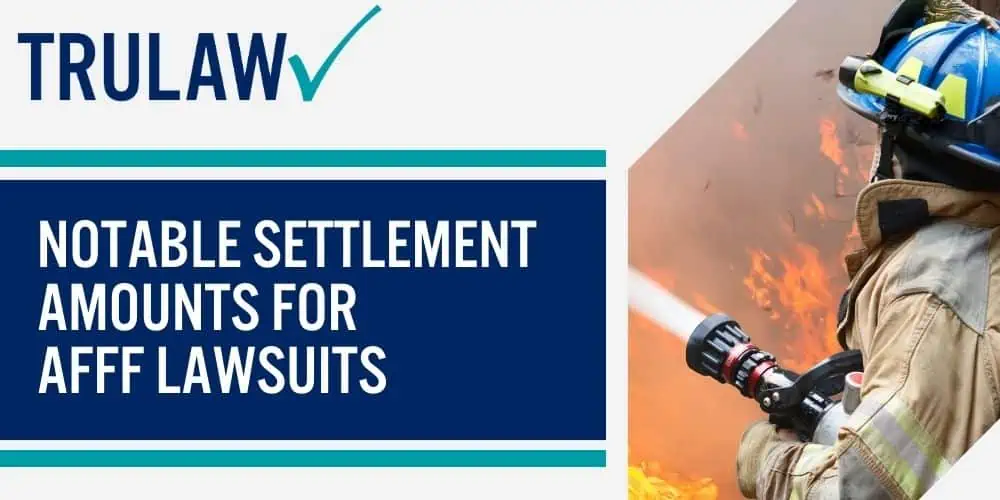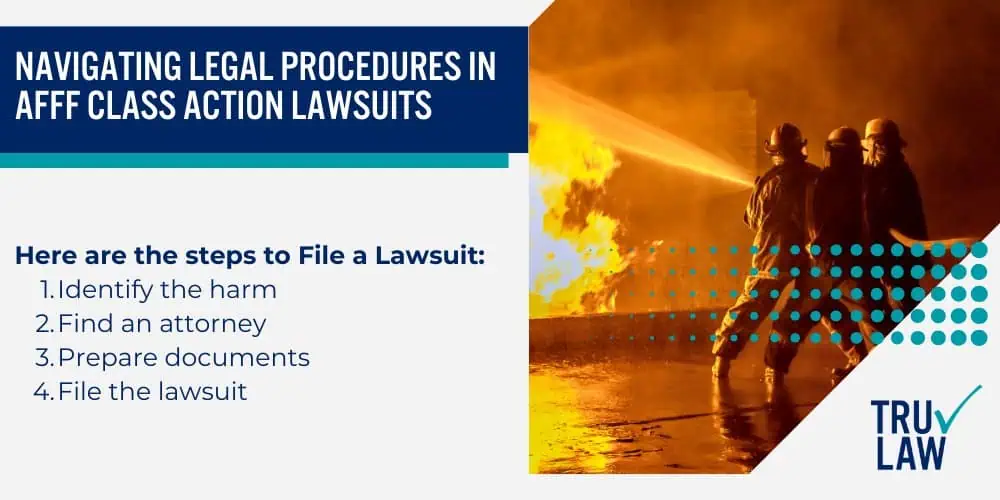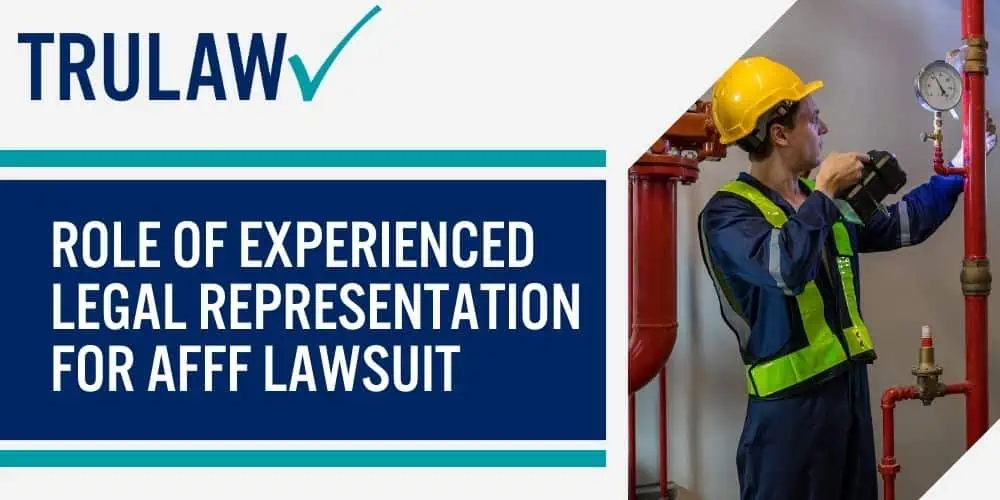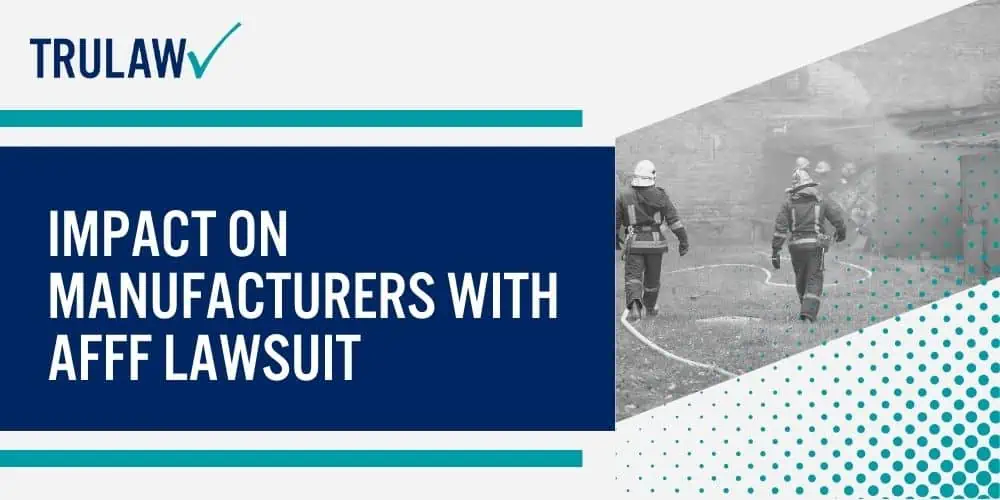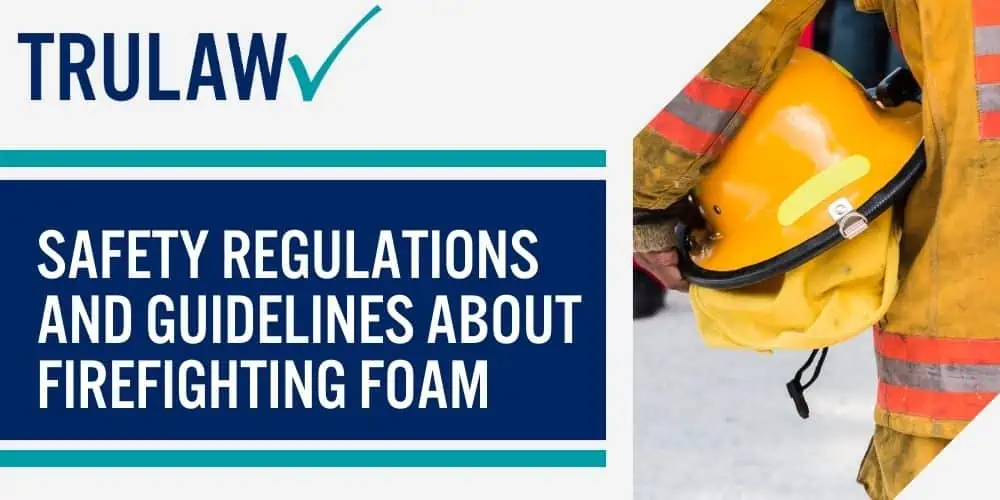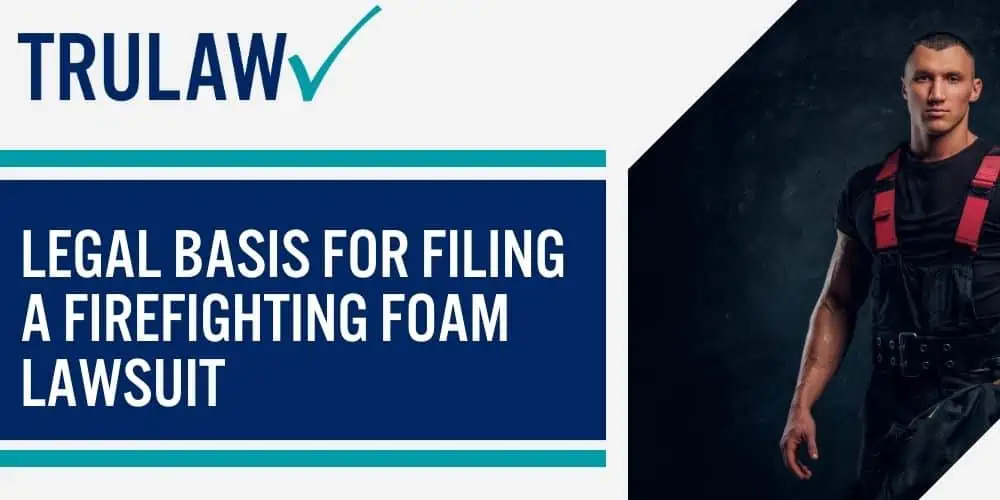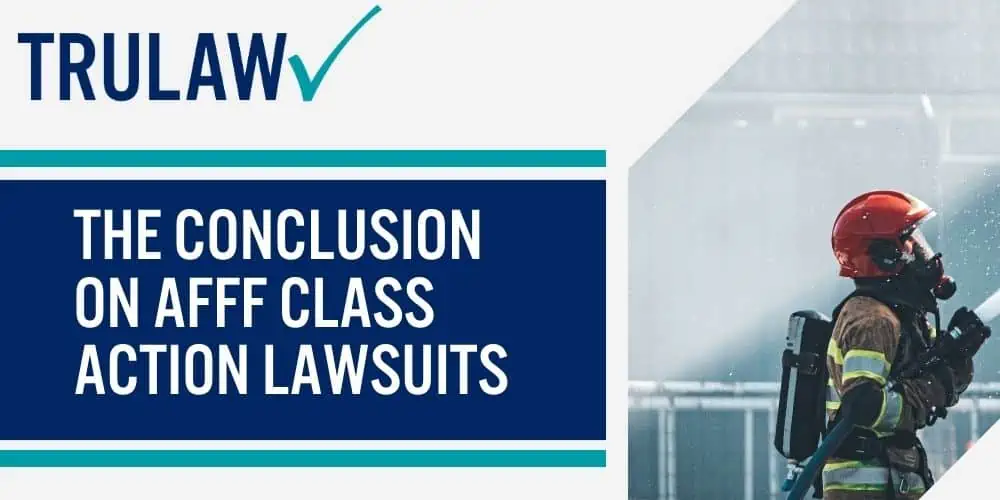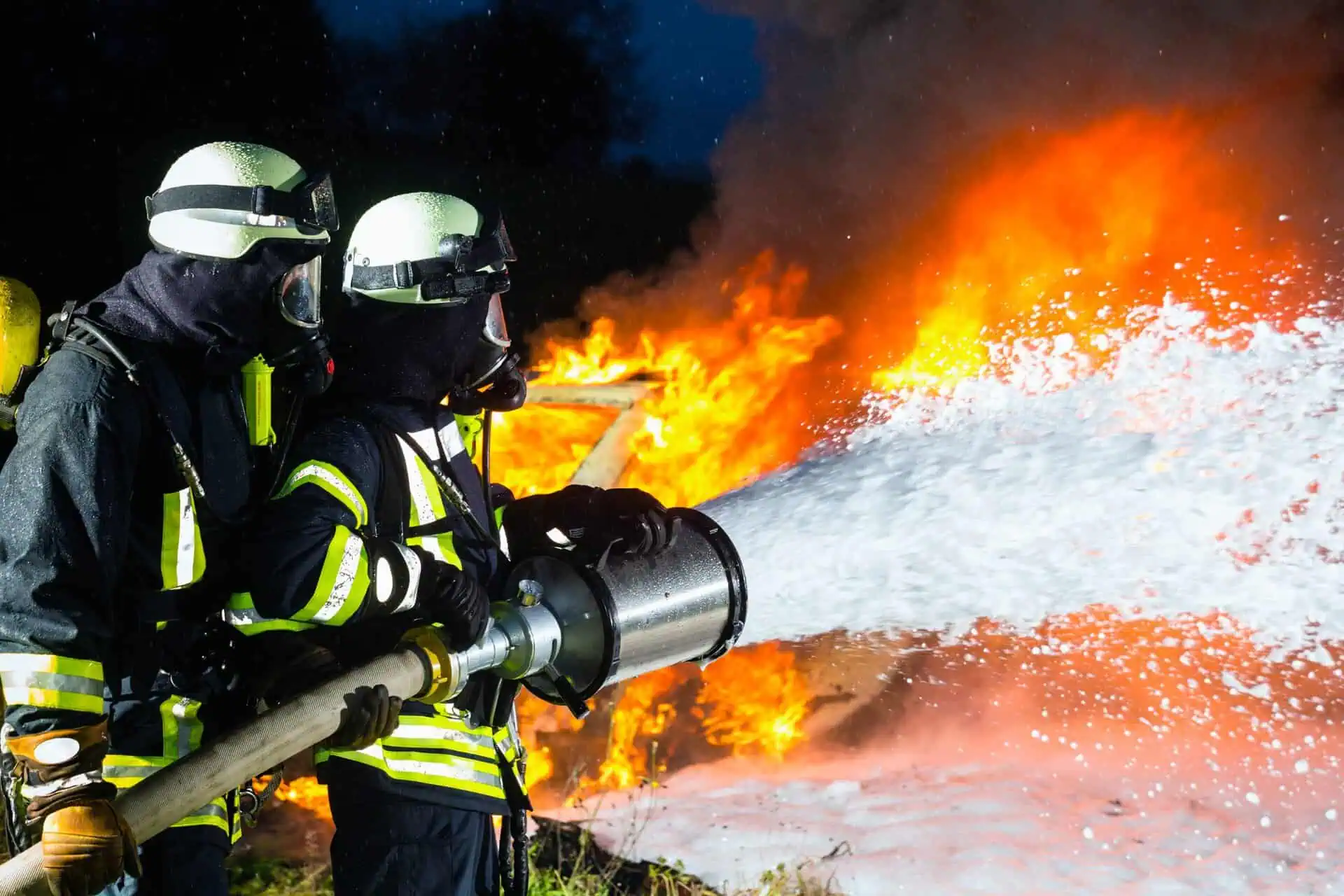AFFF class action lawsuits refer to legal cases filed against manufacturers of aqueous film-forming foams (AFFF).
These foams, commonly used in firefighting, have been linked to severe health problems due to their high concentration of perfluoroalkyl and polyfluoroalkyl substances (PFAS), known for their potential carcinogenic properties.
The Rise of AFFF Related Cases
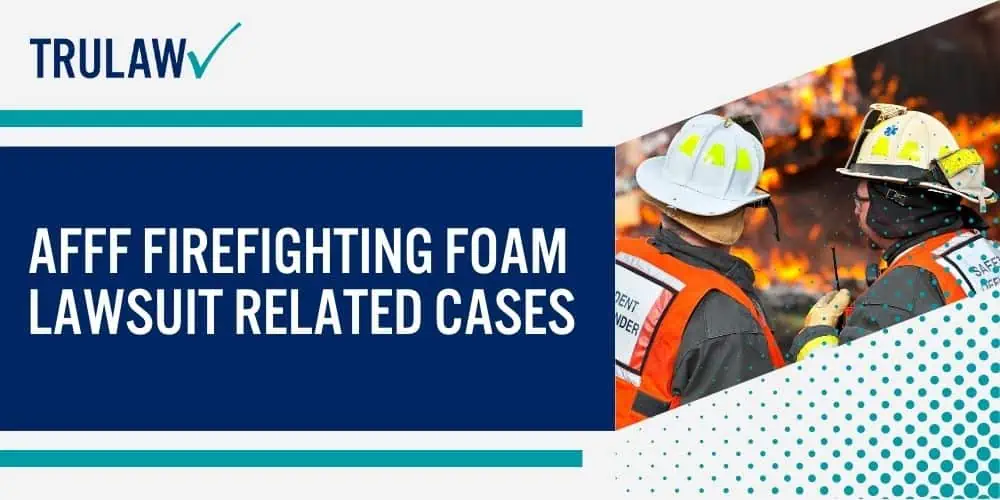
The recent years have seen a significant increase in the number of AFFF firefighting foam lawsuit related cases.
This surge can be attributed to heightened awareness about the harmful effects of PFAS toxic chemicals and the subsequent scrutiny of products containing these substances.
Here are some things included in updates:
- In 2018, there were barely a handful of these cases.
- By 2019, this number had risen dramatically, with dozens of lawsuits filed across multiple states.
- As of 2021, hundreds of AFFF class action lawsuits are pending in courts nationwide.
This rise is not surprising given the widespread use of AFFF toxic firefighting foam products across various sectors including military bases, airports, and fire departments.
Basis for Filing an AFFF Class Action Lawsuit
The primary basis for filing an AFFF class action lawsuit lies in the claim that manufacturers failed to adequately warn about the potential health risks associated with PFAS exposure.
Plaintiffs allege that they developed serious illnesses such as kidney cancer, testicular cancer, thyroid disease among others due to prolonged exposure to these chemicals.
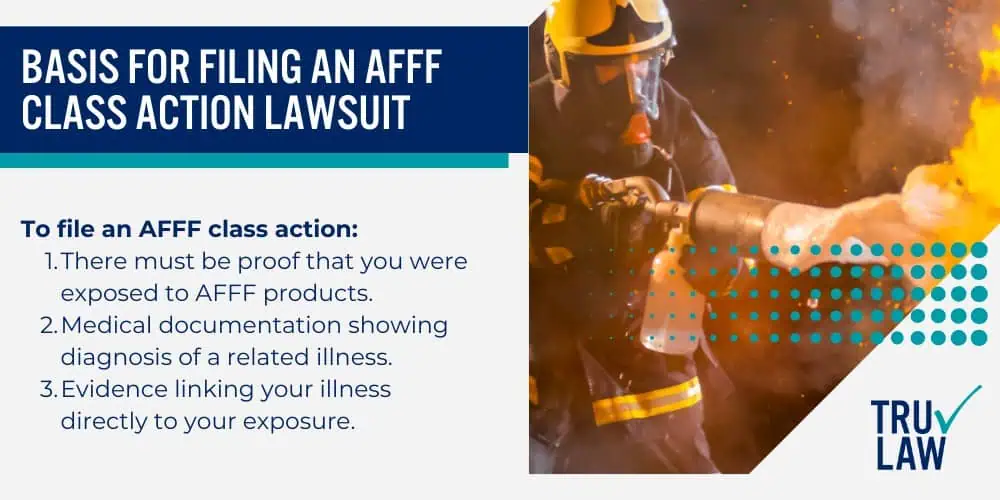
To file an AFFF class action:
- There must be proof that you were exposed to AFFF products.
- Medical documentation showing diagnosis of a related illness.
- Evidence linking your illness directly to your exposure.
While each case is unique and dependent on individual circumstances, these lawsuits generally revolve around negligence on part of manufacturers who prioritized profits over public safety.
